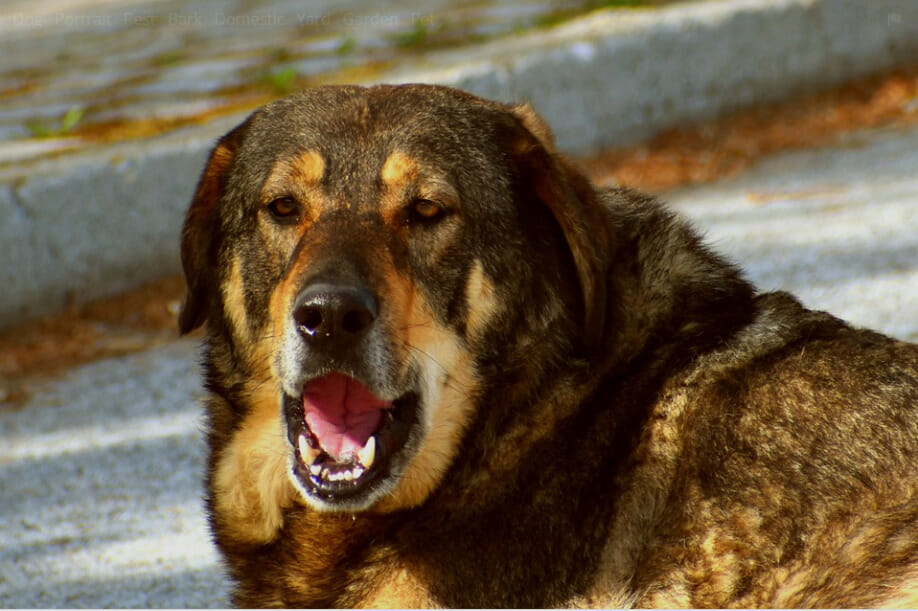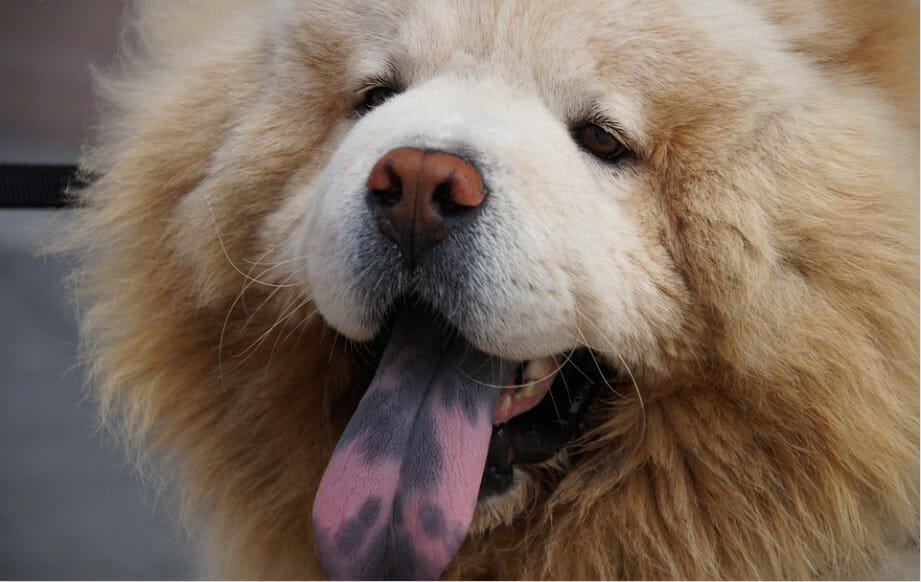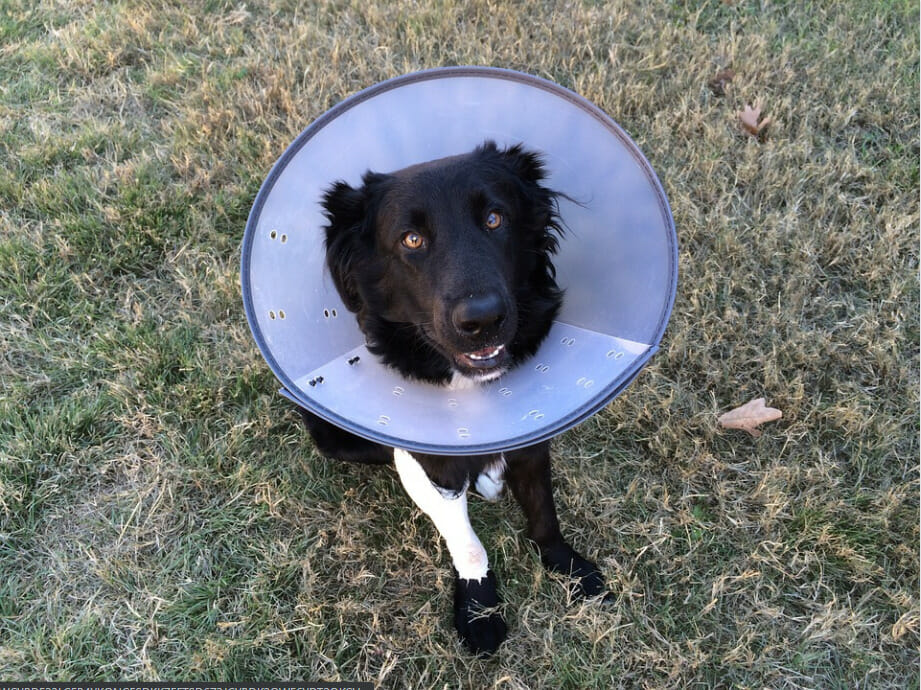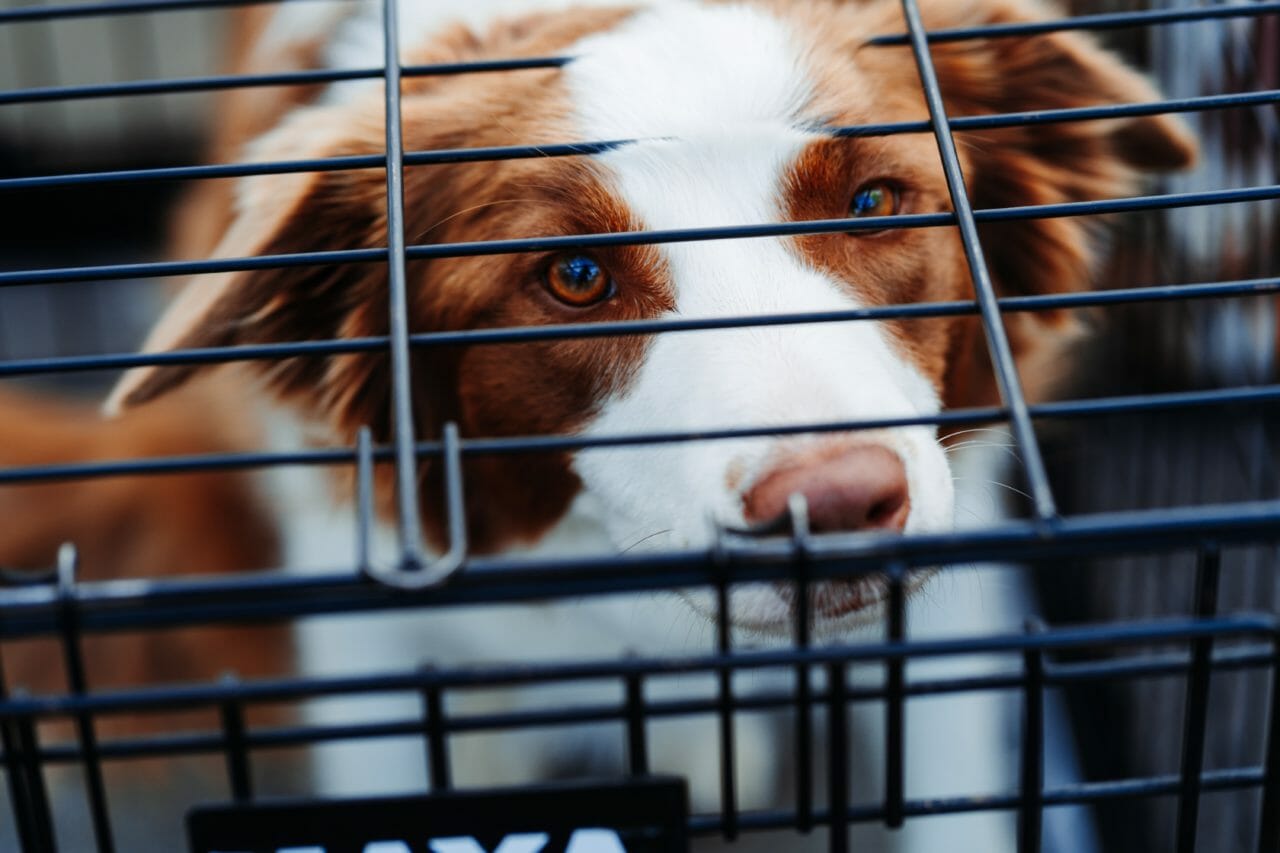A healthy mouth and jaw are important for your furry friend
If you’re a dog owner, there’s a good chance you’ve experienced or heard stories from another dog owner about dental issues at one point or another. While most dog owners are familiar with common dental problems like tooth decay and gum disease, there’s one condition that often goes overlooked: dog mouth cysts.
Mouth cysts can occur in dogs of any age, breed, or sex but are more common in smaller dogs with short noses and small mouths. This leads to dental crowding and is found in breeds like Pugs, Boxers, and Bulldogs.
These cysts are fluid-filled sacs that form around the dog. In this article, the experts from RehabPet.com will provide you with everything dog owners need to know about mouth cysts in dogs — from what they are, how they form, and what to do if you find one in your dog’s mouth.
What Are Dog Mouth Cysts?
Mouth cysts, also known as Dentigerous cysts, are fluid-filled sacs that can develop on the gums or lips of dogs. They can be either round or oval, and their size can vary from a few millimeters to several centimeters in diameter. While they can occur anywhere in the mouth, they’re most commonly found on the lower lip near the chin.
These types of cysts form when an unerupted tooth (a tooth that hasn’t yet broken through the gum line) doesn’t erupt properly and becomes trapped beneath the gum tissue. The cyst then forms around the unerupted tooth, causing it to grow larger over time.
The mouth cyst can put unwanted pressure on your dog’s jaw and other teeth, eventually leading to tooth loss. Additionally, the cyst can also cause your dog pain and discomfort, particularly if it becomes infected.
Mouth cysts are not cancerous but can give your dog long-lasting mouth issues if not detected quickly. They usually can be physically seen if they grow big enough as a bluish swelling on the gums themselves, but if you can see it with the naked eye, it’s already at a later stage.

What Are the Causes of Mouth Cysts in Dogs?
As we mentioned earlier, mouth cysts in dogs are caused by an unerupted tooth that doesn’t break through the gum line. This can happen for a variety of reasons, including:
Lack of space in the dog’s mouth
This is often seen in smaller breeds of dogs, as there’s simply not enough room for all of the teeth to erupt properly. This leads to dental crowding, which leads to teeth not being able to push through with enough space and a cyst starts to form.
Infection
When bacteria gets into your dog’s gums, it can cause an infection that leads to the formation of a cyst.
Trauma
If your dog experiences trauma to the mouth, it can damage the tooth and cause a cyst to form.
What Are the Symptoms of Mouth Cysts in Dogs?
The most common symptom of a mouth cyst is when the dog has unexplained missing teeth. This is due to the tooth not erupting properly and has become infected under the gum. However, other symptoms may include:
- Swelling on the gums or lips
- Excessive drooling
- Decreased appetite
- Painful or bleeding gums
- Redness in and around the gum area
If your dog shows any of these symptoms, it’s important to take your pup to the vet as soon as possible for a full diagnosis.
How Is Cyst on a Dog’s Mouth Diagnosed?
Your veterinarian will take a full medical history and conduct a physical examination of your dog. They may also order X-rays to get a better look at the teeth and see if any are impacted or unerupted.
In some cases, your vet may recommend a CT scan or MRI. This can give them a more detailed view of the cyst and surrounding structures. It can also provide them with a look at your dog’s jaw to see if the cyst has done any damage over time.
Once the diagnosis is made, your vet will develop a treatment plan for your dog. The plan will be based on:
- How early the cyst is caught
- The size of the cyst
- If there’s any damage to the surrounding teeth.
The most common plan of action is surgically removing the cyst so it can’t continue to grow or come back. The teeth surrounding the cyst may also be removed if the infection the cyst caused is spreading.
In some cases, your dog may need antibiotics to clear up any infection that’s present. Your dog may also need to have pain medication if the cyst is causing them discomfort. The good news is that most dogs recover quickly from this type of surgery with no long-term effects.

How To Prevent Dog Mouth Cysts
There’s no guaranteed way to prevent dog mouth cysts, but there are some things you can do to lower your dog’s risk. These include:
Regular dental check-ups and cleanings
This will help remove any plaque or tartar that’s present on your dog’s teeth. It will also allow your vet to catch any issues early on before they have a chance to become bigger problems.
Proper dental care at home
This means brushing your dog’s teeth regularly with dog-specific toothpaste. You should also give your pup chew toys and bones to help keep the teeth clean and healthy.
A healthy diet
Feeding your dog a healthy diet will help keep their overall health — including dental health — in check.
Closing Thoughts
Being aware of what goes on in your dog’s mouth is an important part of being a pet owner. This is especially true when it comes to mouth cysts. By knowing what cysts are and how to spot them, you can get your dog the treatment they need as soon as possible.
If you think your dog may have a mouth cyst, don’t hesitate to contact your veterinarian for an appointment. The sooner you get it checked out, the better!



